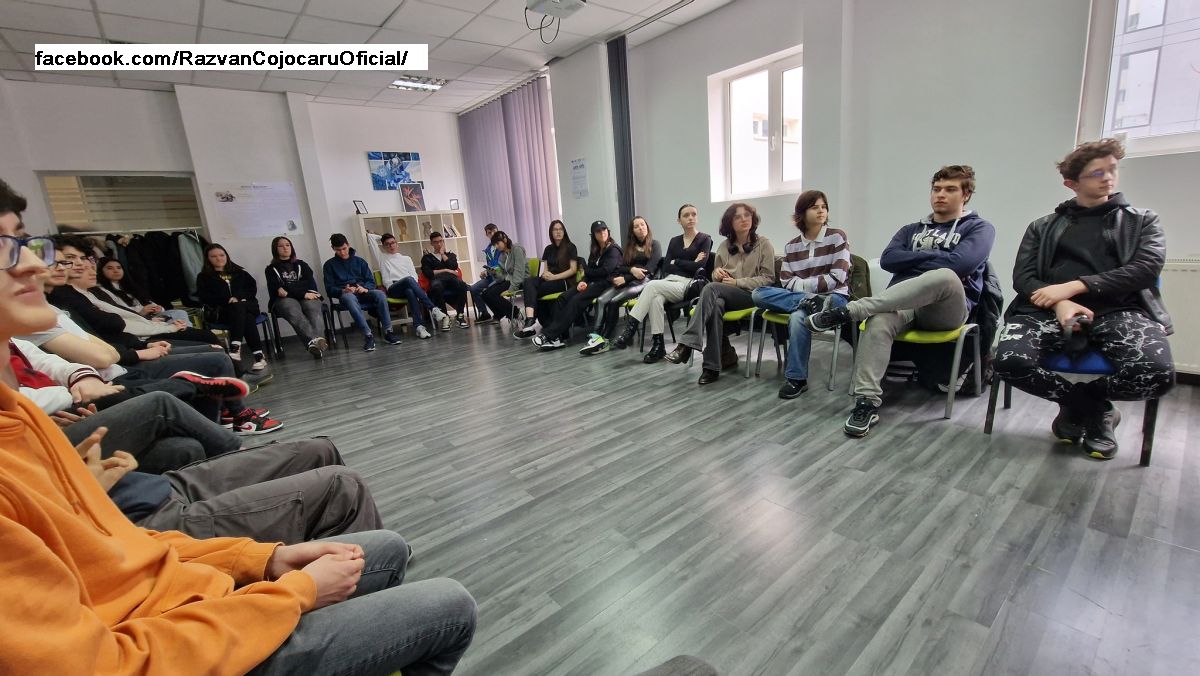The Tulip Symphony
This is a report from a traditional event hosted by the Southern city of Pitesti

Ana-Maria Cononovici, 03.05.2015, 14:26
In 1978, when it was 10 years since Pitesti became a municipal city, the City Council staged the biggest flower exhibition in Romania, called the “Tulip Symphony”. Pitesti was a city whose “development was in full swing”, as many of the Romanian cities were then described. In the 70s, plants of all kinds were acclimatized in Pitesti: thousands of roses, magnolias, lime trees and ornamental shrubs. According to the media of the time, the tulip collection of 1977 was so successful, being differentiated according to colours, the height of the flower stalk, or the blooming time and so well-arranged with no weeds in between that the municipal city hall decided that a flower exhibition should be the emblem of the city.
Moreover, in 1978, Pitesti was in the lead in terms of the production of flowers, coniferae and shrubs, with one million flower nursery transplants, 150,000 coniferae, other trees, shrubs and creepers from 300 species and varieties! The first edition of the “Tulip Symphony” was a feast of the whole city. According to the journalists of the time, the originality of the Pitesti festival consisted in “the abundance of hedges and the avalanche of tulips.”
We invited Cornel Constantin Ionica, interim deputy mayor of Pitesti, to tell us about this year’s festival: “This tulip feast is the spiritual celebration of the residents of Pitesti. This year, it is the 38th edition of this great event. The festival has several components: the flower parade, international scientific symposia, traditional and pop music shows where various bands are invited, painting exhibitions, the tulip cross country race and other events.”
The highlight of the event is certainly the “flower parade”. More details — from Cornel Constantin Ionica: “ A big flower caravan takes place at the festival, a parade of 40 groups of pupils carrying specific flower arrangements. A float parade also takes place with flower floats and floats with other arrangements in which participating are Dutch volunteer experts who have been present here in the last four years. They come here and advise us how to keep the flowers as fresh as possible.”
Traditional music shows, a sound and light show at the music well in front of the city hall as well as “white nights” of museums and the planetarium take place during the three-day festival “The Tulip Symphony”. Locals and visitors can also enjoy sporting competitions like the “tulip cross country race”, fireworks, a lot of music and of course, flowers appreciated by the Dutch experts too, as deputy mayor Cornel Constantin Ionica told us.
Cornel Constantin Ionica: “They are delighted. They come here every year and didn’t think they would find here such dedicated people who appreciate flowers, tulips in particular and get involved in arranging green spaces. In the last four years they have volunteered to make the flower arrangements for the parade. They are very good at the art of flowers and our people have learned a lot from their experience. The Dutch donate us a large amount of tulip bulbs every year. Shattered tulips in different colours donated by the Dutch have been acclimatized in Pitesti in recent years, being appreciated by residents and visitors alike.”
As every year starting with 1984, the “Flower Dance” National Dance Sport Competition will take place during the Tulip Symphony festival, with some 5000 spectators attending, being broadcast live on local TV channels.
But apart from the events organized during the festival, at this time of the year, Pitesti puts on its Sunday best so to say, as deputy mayor Cornel Constantin Ionica told us: “Over time, experts have made it a point to plant an impressive number of tulips in the city’s green spaces and flower beds. At the moment there are over 200,000 tulip bulbs that we sowed last year and have now bloomed. This is a long-standing tradition preserved by experienced people who have dedicated their work to this flower, to the cult of the tulip that has become the symbol of Pitesti and will last for many years from now. People come here, admire the flowers and take part in all the events and one can feel it’s the spiritual celebration we all share. And in line with our tradition, we welcome guests.”
This year, invitations have been extended to members of the diplomatic corps to Bucharest as well as to the mayors of Kragujevac of Serbia, Caserta of Italy, Borlange of Sweden, Springfield of the USA, Tynaarlo of Holland, Muntinlupa of the Philippines, Ourem of Portugal, Epidavros of Greece or Chisinau of the Republic of Moldova.






























